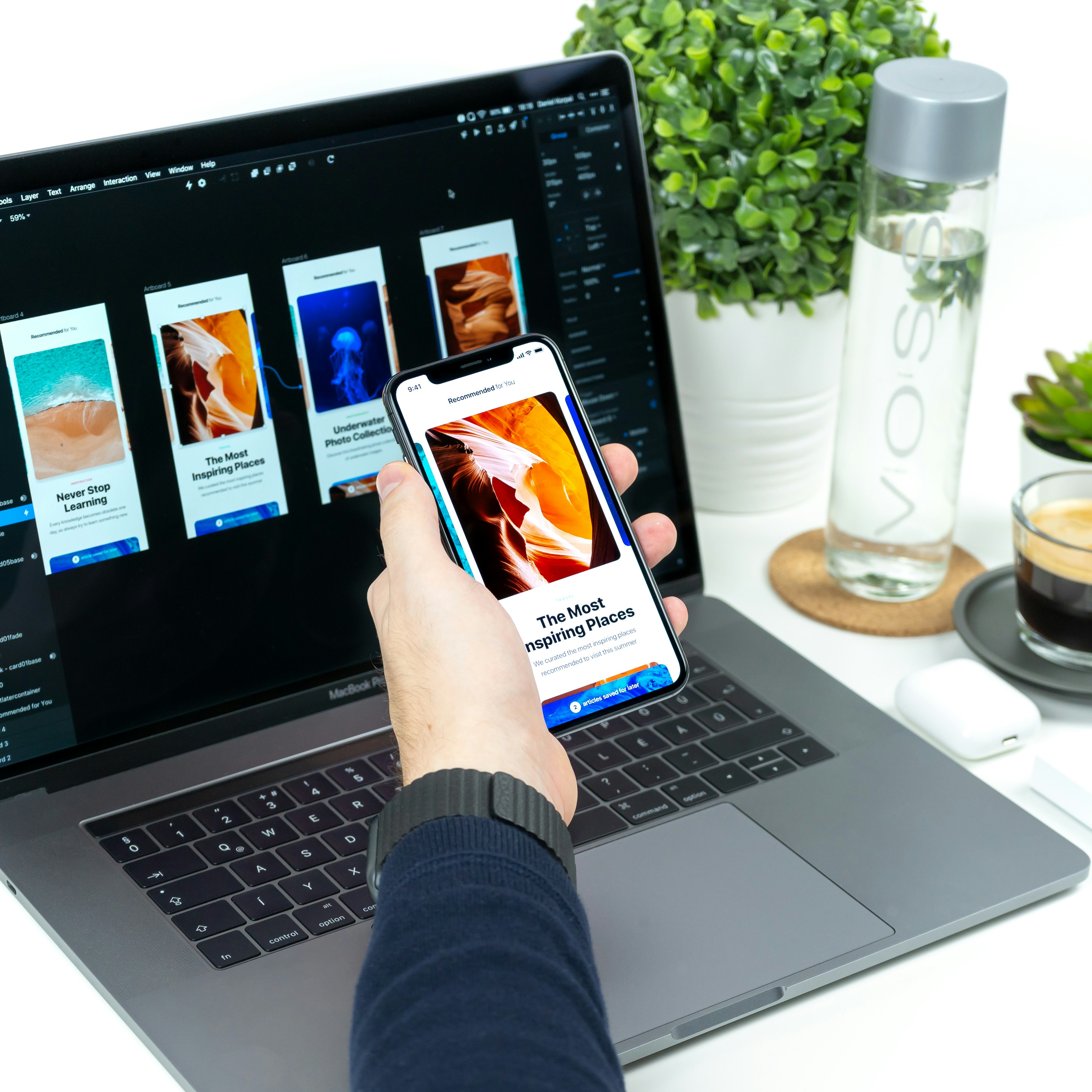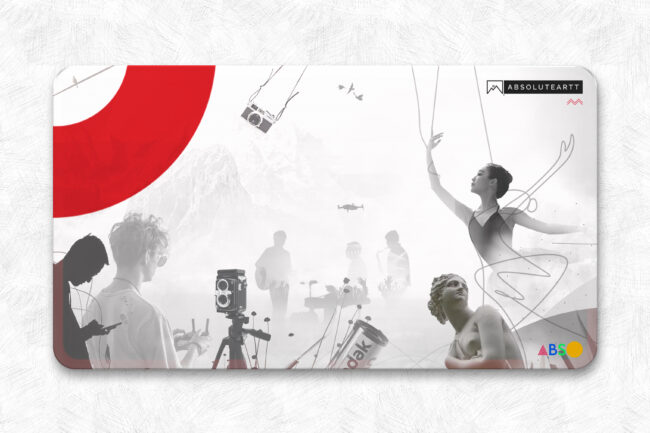UX as Philosophy, Not Feature
UX design is often mistaken for aesthetics or features. But true UX is a philosophy: understand humans first, design second. It is empathy codified, insight transformed into interface, observation rendered into delight. Every micro-interaction, every screen, every notification is a conversation with a user.
Apple, Airbnb, Duolingo, and Spotify have all mastered this: designing experiences that feel human because they begin with humans.
1. Understanding Users: Beyond Demographics
Why it matters: Demographics are insufficient. True UX requires understanding motivations, contexts, frustrations, and delight triggers.
Actionable Framework: The 3D User Model
- Demographics: Age, location, occupation, device usage.
- Desires: What users hope to achieve, their goals and expectations.
- Dilemmas: Pain points, challenges, and obstacles in reaching their goals.
Case Study: Airbnb
Users hesitated to book unfamiliar homes. Observation revealed fear of safety and trust gaps. Solution: verified hosts, clear reviews, professional photography. Result: a product reducing anxiety and building confidence.
Practical Tip: Map user journeys for multiple personas to see where friction occurs and opportunities for delight.
2. Design Thinking: Empathy in Action
Design thinking transforms insight into design decisions.
5 Phases:
- Empathize → Observe users in context.
- Define → Translate insights into human-centered problems.
- Ideate → Generate creative, unconstrained solutions.
- Prototype → Convert ideas into tangible forms.
- Test → Validate with real users, iterate.
Case Study: IDEO & Bank of America’s “Keep the Change”
Through observation, IDEO noticed savings felt painful. They automated rounding up transactions to savings — a subtle nudge creating emotional engagement.
Template for Teams:
- Empathy Mapping worksheet
- Problem Statement template
- Prototype checklist (low-fidelity vs high-fidelity)
3. Usability Principles: Clarity, Consistency, and Feedback
Core Tenets of Usable UX:
- Clarity: Users should never guess what an action will do.
- Consistency: Patterns should be familiar across screens.
- Feedback: Every action produces a perceivable result.
- Efficiency: Minimize cognitive and physical effort.
Case Study: Slack
Complex workflows are organized into intuitive channels, messages, and integrations. Simplicity emerges not from reducing features but from aligning with mental models.
Practical Template:
- Task Analysis Table: List key tasks, steps, pain points.
- Usability Heuristic Checklist: Visibility of system status, match between system and real world, error prevention, etc.
4. Accessibility: Designing for Everyone
Accessibility ensures no user is left behind.
Best Practices:
- High-contrast text
- Screen reader compatibility
- Keyboard navigation
- Simplified language
Case Study: Microsoft Inclusive Design
Designing for edge cases (low vision, cognitive differences) enhanced experiences for all users.
Framework:
- Accessibility Audit Sheet
- Color Contrast Analyzer
- Keyboard Navigation Test Plan
5. Testing & Iteration: Learning From Reality
Testing Methods:
- A/B Testing: Evaluate two versions to determine superior UX.
- Usability Studies: Watch users complete tasks.
- Heatmaps & Analytics: Visualize engagement and friction points.
Case Study: Spotify
Continuous A/B testing of playlists, swipes, and gestures improved discoverability and retention.
Template:
- Test Plan with objectives, hypotheses, tasks, and success metrics.
- Iteration Log: Record changes, rationale, and results.
6. Emotional UX: Crafting Delight
Micro-interactions, animations, and playful copy amplify engagement.
Case Study: Duolingo
Gamified streaks, progress bars, and playful animations make learning habitual and enjoyable.
Framework: Emotional Design Checklist
- Reward feedback: achievements, streaks
- Micro-interactions: subtle animations
- Delight elements: unexpected joy or humor
7. Scaling UX in Organizations
Embedding UX requires culture change:
- Cross-functional collaboration: Designers, developers, marketers aligned.
- Shared insights: User research drives decisions across departments.
- Continuous learning: Iterative workshops, critiques, and research updates.
Case Study: Google Maps
Global scaling achieved through centralized UX principles guided by user behavior, yet adaptable locally.
Framework:
- UX Playbook: Standardized principles, templates, and style guides
- Feedback Loop Process: Collect → Analyze → Implement → Validate
8. Advanced UX: Personalization and Predictive Design
Data and AI now allow experiences to anticipate user needs.
Example: Netflix predicts content preferences, reducing decision fatigue.
Template:
- Personalization Matrix: Segment users → Identify preferences → Map interactions → Test responses
- Ethical Guidelines: Transparency, choice, privacy
9. 10 Actionable UX Frameworks
- 3D User Model (Demographics, Desires, Dilemmas)
- Empathy Map (Says, Thinks, Does, Feels)
- User Journey Mapping (Step-by-step touchpoints)
- Heuristic Evaluation Checklist
- Task Analysis Table
- A/B Test Template
- Emotional UX Checklist
- Accessibility Audit Sheet
- Iteration Log Template
- Personalization Matrix
10. Mega Case Studies With Practical Insights
- Airbnb: Trust-building through visual storytelling
- Slack: Mental model-aligned workflows
- Duolingo: Gamification for emotional engagement
- Spotify: Data-driven iteration for discoverability
- Apple: Micro-interactions and intuitive gestures
- Microsoft Inclusive Design: Edge-case focus enhancing mainstream usability
- Google Maps: Scalable global UX through central principles
- Bank of America Keep the Change: Behavioral nudges for engagement
- Netflix: Predictive personalization for user delight
- Nike Run Club: Combining data with motivational UX
(Each case study includes screenshots, user flow diagrams, interaction notes, and design decisions in the full guide.)
Conclusion: Humans at the Heart of UX
UX is empathy made tangible. It is observation, insight, and iteration sculpted into interface. From Airbnb to Duolingo, successful products share one trait: they understand humans deeply and design for their needs, desires, and emotions.
User-centric UX is a journey, not a destination. Tools, frameworks, templates, and case studies provide structure, but the essence is always human: empathy, curiosity, and the relentless pursuit of improvement.





